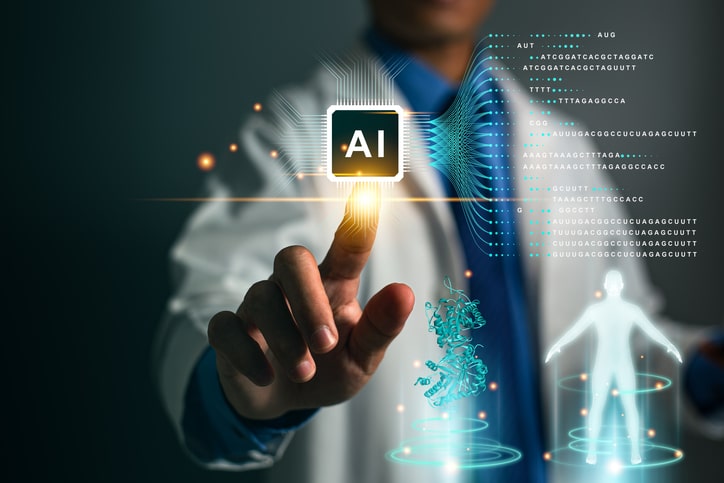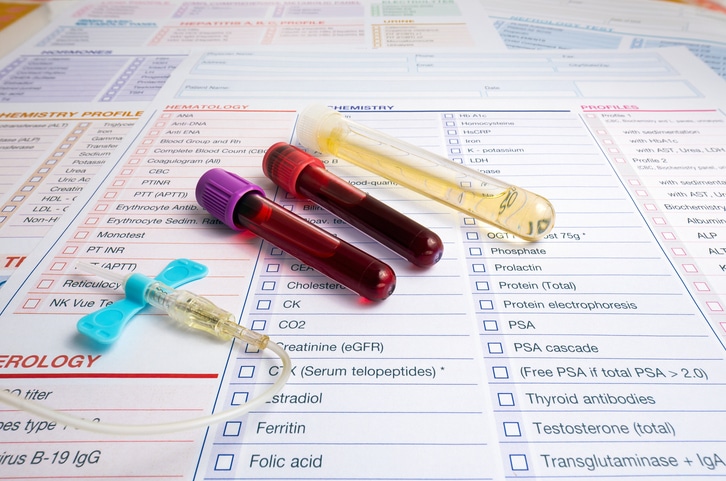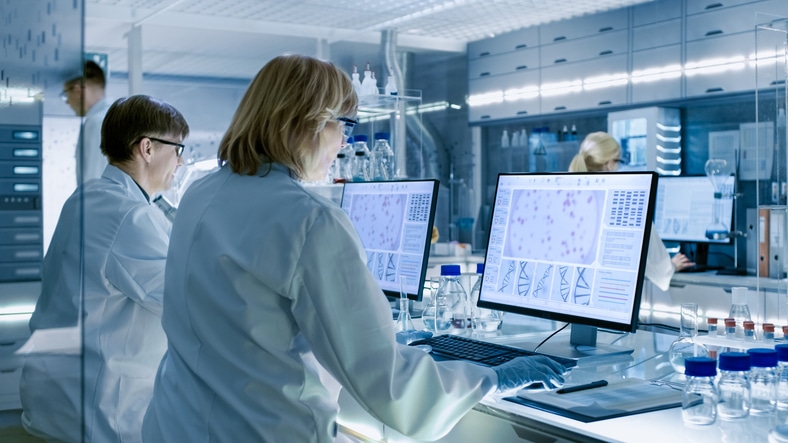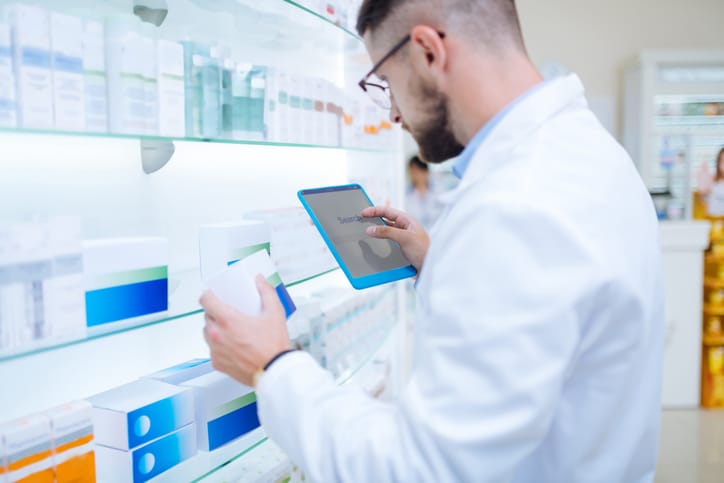Pharmacovigilance ensures and safeguards the safety of medications, from their development in clinical trials to post-market surveillance. As the field evolves, staying up to date with emerging trends is vital for anyone pursuing a career in clinical research. Understanding these trends can provide a significant advantage for students enrolled in AAPS’s clinical research program as they prepare to enter the workforce. Below, we explore the top five trends in pharmacovigilance shaping the industry’s future and what they mean for clinical research students.
1. Increased Use of Artificial Intelligence (AI) and Machine Learning (ML) and Big Data
Integrating AI, ML, and big data into pharmacovigilance revolutionizes how safety data is collected, analyzed, and reported. Traditionally, pharmacovigilance relied heavily on manual processes to detect adverse drug reactions (ADRs). With the advancement of AI and ML technologies, companies can now automate the identification of safety signals from vast amounts of data, allowing for more accurate and timely detection of ADRs.
The explosion of big data in healthcare has created new opportunities for pharmacovigilance, as advanced analytics tools enable researchers to sift through massive datasets, uncovering hidden safety signals and trends that might otherwise go unnoticed.
Understanding how AI, ML, and big data are used in pharmacovigilance is essential for our clinical research program students. These technologies are making data analysis more efficient and enabling the detection of previously unrecognized patterns of adverse effects. As these technologies continue to evolve, having skills in data science and familiarity with AI-driven tools will become increasingly important in the field of pharmacovigilance. Pharmacovigilance professionals are increasingly required to analyze complex datasets, identify patterns, and make data-driven decisions, improving the ability to predict adverse drug reactions and monitor drug safety in real time.

Our clinical research program explains how AI and ML are used in pharmacovigilance.
2. Emphasis on Real-World Evidence After Clinical Research Training
Real-world evidence is becoming a critical component of pharmacovigilance, providing insights into how medications perform outside the controlled environment of clinical trials. Unlike clinical trial data collected in a controlled setting, RWE is drawn from real-world sources such as electronic health records (EHRs), patient registries, and insurance claims. This data is invaluable for identifying long-term safety issues and understanding how different populations respond to a medication.
Learning how to interpret and utilize RWE is crucial for students undergoing clinical research training. The ability to assess the safety and efficacy of drugs in diverse patient populations through real-world data will be a key skill as pharmacovigilance advances in this area.
3. Patient-Centric Approaches in Drug Safety
The shift toward patient-centric approaches is another significant trend in pharmacovigilance. In the past, drug safety focused primarily on regulatory compliance and adverse event reporting. Today, there is a growing emphasis on the patient experience and how adverse effects impact individuals’ quality of life.
As part of their clinical research training, students should become familiar with how patient-centric approaches are integrated into pharmacovigilance. This includes direct patient reporting of adverse events and the increased use of digital platforms that allow patients to share their experiences in real-time. Understanding this trend will help students appreciate the broader role that patient engagement plays in ensuring medication safety.

As part of clinical research training, students should become familiar with how patient-centric approaches are being integrated into pharmacovigilance.
4. Advanced Drug-Drug Interaction Prediction
New methodologies are being developed to predict drug-drug interactions (DDIs) more accurately. These methods often utilize machine learning and AI to analyze large datasets, identifying potential interactions that might not be evident through traditional methods. This is essential for ensuring patient safety, especially as the number of available medications grows. Accurate DDI prediction helps healthcare providers make informed decisions, reducing the risk of adverse effects and improving overall treatment outcomes.

Learning how to leverage big data and advanced analytics is crucial during and after clinical research training.
5. Global Harmonization of Pharmacovigilance Standards
Pharmacovigilance is becoming more globalized, with efforts to harmonize regulations and practices across countries and regions. The International Council for Harmonisation (ICH) has developed guidelines that are being adopted by regulatory agencies worldwide, ensuring that pharmacovigilance processes are consistent and efficient on a global scale.
This trend highlights the importance of understanding international pharmacovigilance regulations for clinical research students. As pharmaceutical companies increasingly operate globally, pharmacovigilance professionals must be well-versed in the regulatory frameworks of different regions.
Are you interested in clinical research courses in Toronto?
Contact AAPS for more information.




